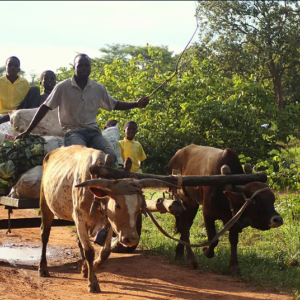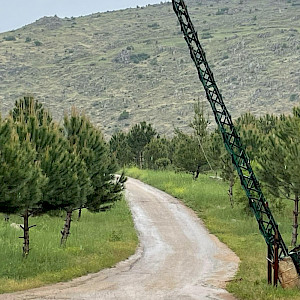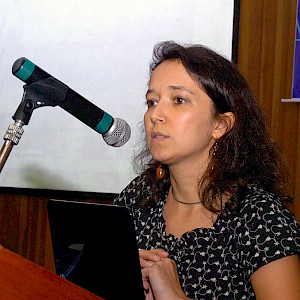A successful FLR can generate a series of social, economic and sustainable benefits. In the first and second texts on the principles of FLR, we discussed the importance of focusing on landscapes and how to engage stakeholders and support participatory governance.
In the third principle, known as “Restoring Multiple Functions for Multiple Benefits”, we will show how a diversity of actions can offer different advantages. FLR interventions aim to restore multiple ecological, social and economic functions in a landscape and generate a range of ecosystem goods and services that benefit multiple stakeholder groups.
This principle shows that restoration brings benefits beyond the recovery of vegetation cover— it also helps to guarantee biodiversity, water quality, job creation, improved quality of life and even promotes sustainable use of natural resources, thus creating a balance between society and the environment.
Kenny Helsen, Head of M&E and Research, WeForest, highlighted We Forest's work in this regard. “The approach restores multiple functions across the landscape: ecological functions such as species diversity and forest structure; ecosystem services such as clean water, reduced soil erosion and drought mitigation; and socio-economic functions such as food production”, he believes.
Also, Helsen says that “landscapes, rather than isolated sites, are the ideal scale for planning and decision-making when it comes to using natural resources, restoring ecosystems, conserving biodiversity, and supporting livelihoods in a holistic way”. For him, at this broader scale, it is possible to balance ecological, social, and economic priorities because it offers a more complete picture of options, trade-offs and potential outcomes.
Principles
GPFLR identified six principles to promote global guidance on restoration:
1) Focus on landscapes
2) Engage stakeholders and support participatory governance
3) Restore multiple functions for multiple benefits
4) Maintain and enhance natural forest ecosystems within landscapes
5) Tailor to the local context
6) Manage adaptively for long-term resilience.
We asked partners how they see the principles and what their organizations are doing in this regard. In the coming weeks, leading up to COP 16, we will publish viewpoints of our GPFLR partners. Read the last article, about engaging stakeholders and supporting participatory governance by clicking here.









